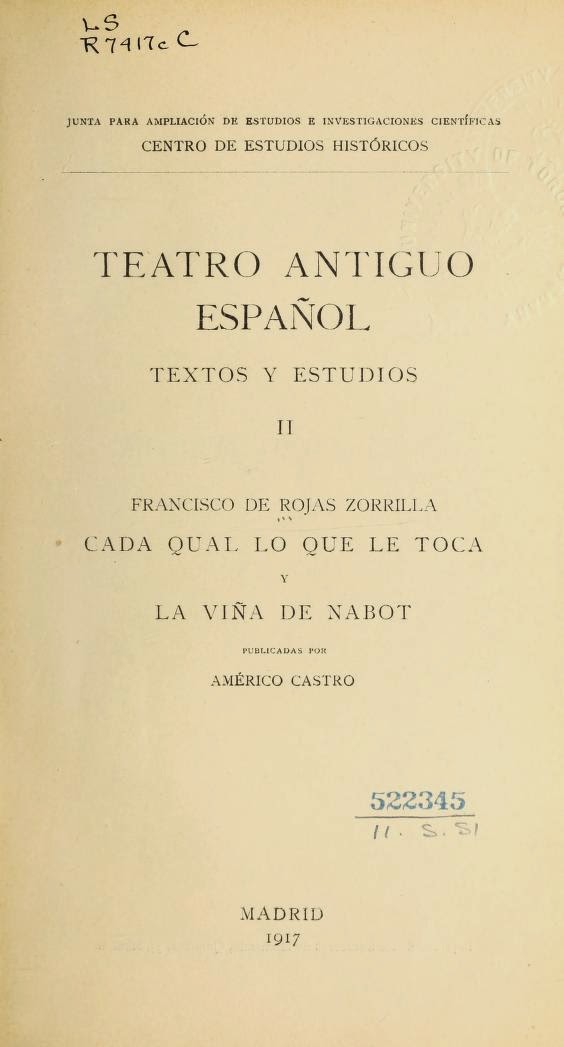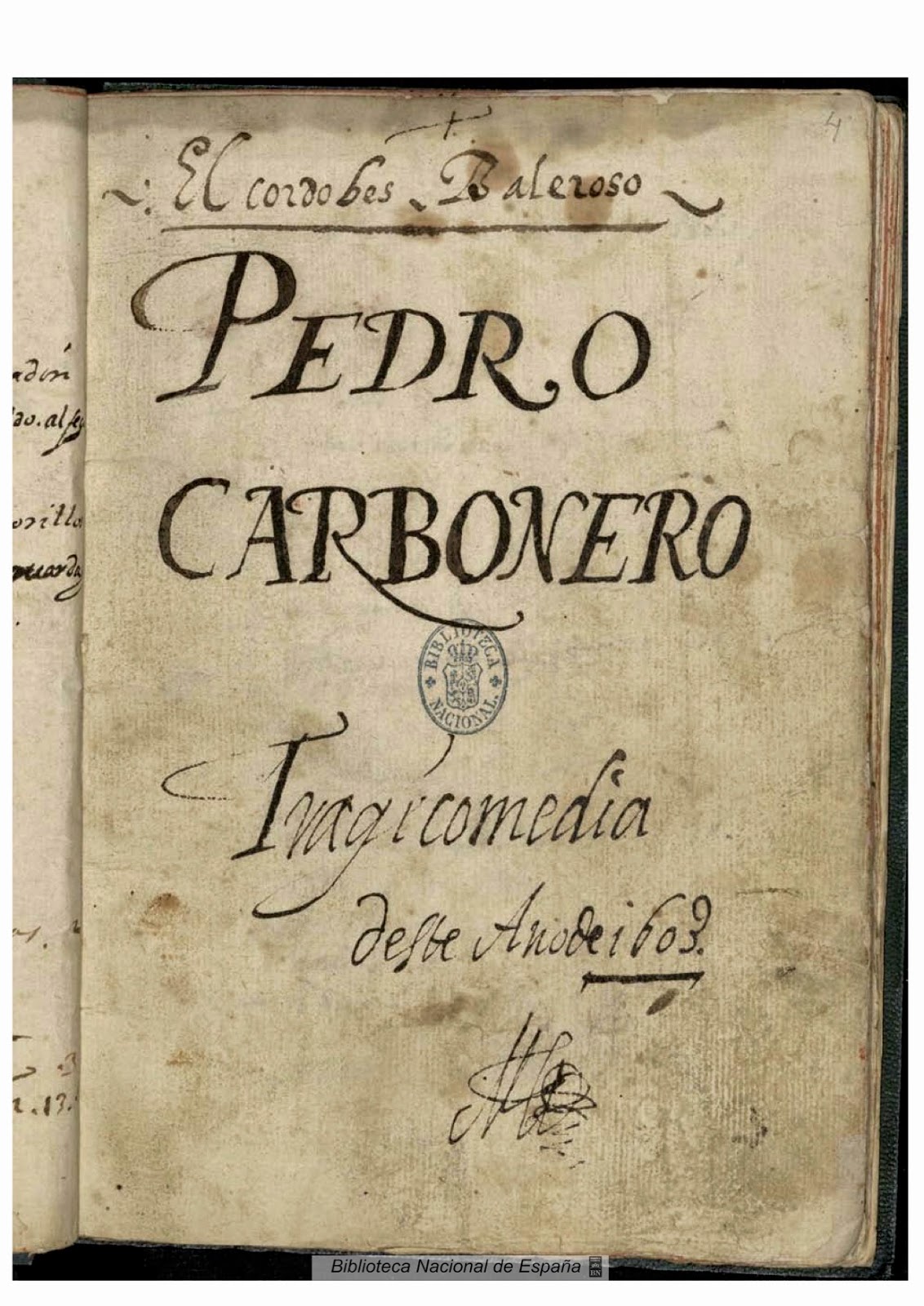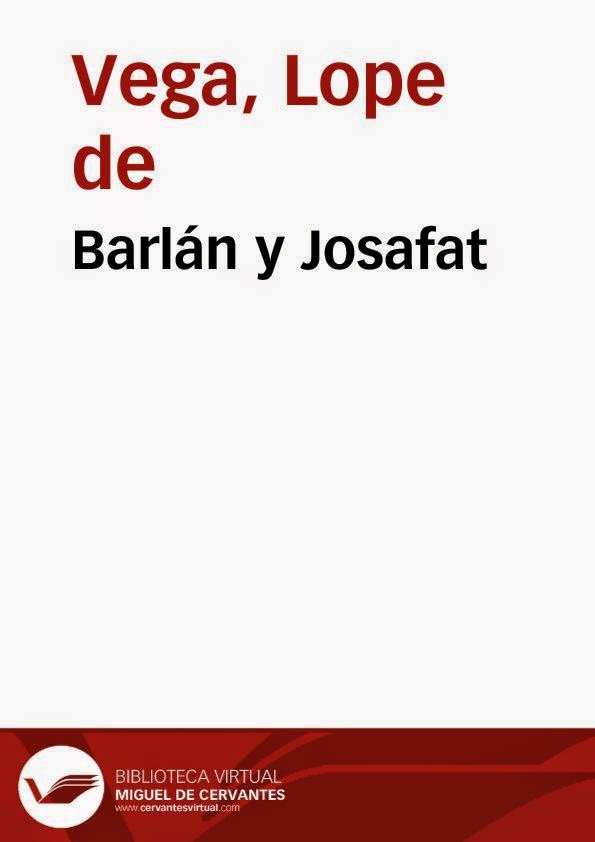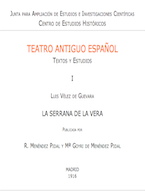The American Society for Theatre Research (ASTR) is doing a great job and deserves an enormous recognition from Spain. ASTR is a US-based professional organization that fosters scholarship on worldwide theatre and performance, both historical and contemporary.
Since 2008, they maintain a wikipage with the content of the annual conference working papers that shows the great amount of talent and time spent in the formidable task of translating classic Spanish plays.
And all this effort shows a huge success on dealing with very complicated tasks. For instance, discovering details that had gone entirely unremarked in modern critical reception of plays. What follows is an example of it.
In preparation for ASTR 2016 (Atlanta Nov. 16-19), as part of the working group in charge of the session ‘When the Extraordinary is Also Ordinary: Spanish Golden Age Theater’s Heroic Monsters‘, Harley Erdman wrote a truly innovative paper: Dueling Monsters: Non-Normative Bodies in Luis Vélez de Guevara’s La serrana de la Vera.
In this amazing paper, Erdman points out something that had passed almost unnoticed so far: “Luis Vélez de Guevara’s La serrana de la Vera (1613) has generated a lot of critical interest recently – and one major stage production – because of its extraordinarily non-normative protagonist, Gila, who identifies as a man and behaves as one, while undertaking uncommon feats of strength, heroism, and violence. She has been variously identified over the years as “irregular,” homosexual, lesbian, queer, and, most recently, by Harrison Meadows at the 2016 ASTR conference, as transgender. In this paper, I will argue that the play also includes another extraordinary body: Captain Don Lucas de Carvajal, her seducer and aggressor, who textually and contextually can be specified as Jewish. His non-normative masculinity can be paired with Gila’s non-normative femininity in a way that generates a richer and more complicated understanding of this tragedy.”
Erdman argues that La serrana de la Vera “can be seen as centered around the conflict between two gender non-normative characters: Gila, a masculine woman, and the Captain, a feminized man. To read the Captain as Jewish is to read him prima facie (c. 1613, that is) as womanly, as Otero-Torres (citing Mirrer) points out, noting how Jews were feminized in medieval Spanish culture and denied masculine attributes (even rumored to menstruate) as part of a much larger and persistent tradition that persists to this day.”
All this argument starts by point out that:
“Gila, in her initial heated exchange with the Captain, names the sin, when she scoffs to his face: ‘Qué fanfarrón judío! [‘What a boasting Jew!’] (376). In that moment, modern readers discover that the Captain is understood to be a New Christian, a detail that explains a lot about the first five hundred lines of the play: Giraldo’s frosty reception, Gila’s outright contempt, and the entire town’s spirited mockery of and threats of violence against him. Yet, with the exception of one essay by Otero-Torres (1997), this detail has gone entirely unremarked in modern critical reception of the play. Giraldo, Gila, and the entire town of Garganta la Olla defy the Captain, I would argue, not because his orders are unreasonable but because of his blood: because of something inscribed upon his body.
Gila’s snarling ‘fanfarrón judío’ cannot de dismissed as a passing insult but rather must be seen an accusation that would have resonated deeply with audiences of 1613 due to the Captain’s family name of Car[a]vajal.”
What first surprised me more was this verse: ‘Qué fanfarrón judío!’ that I did not remembered at all after working on a digital version of La serrana de la vera for Fundacion Ramón Menéndez Pidal. After checking this online edition and Velez’ manuscript, I realized that the manuscript reads clearly ‘Qué fanfarrón jodío!’ and that Menéndez Pidal’s edition (and most editions before and after it) writes it as it is, without any remark.

However, as it is well know by any philologist, for many decades words like roído for ruido, cochillo for cuchillo, güésped for huésped, soprique for suplique, jodío for judío were interchangeable until XIX century in Spain. Almost always there are changes in pre-stressed vowel.
The verse ‘Qué fanfarrón jodío!’ requires a well deserved note in any edition. This detail had gone entirely unremarked in modern critical reception of this play, indeed.
Fortunately, Erdman is working in a bilingual edition of La serrana de la Vera for publication this year by the University of Liverpool’s Hispanic Classic series.
Thanks Erdman and other academics, maybe something critical is changing in translating Spanish classic plays. Congratulations!
 La edición de las didascalias escénicas es uno de los pasos más delicados de la labor del crítico textual, sobre todo en el caso de las acotaciones del teatro de los siglos XVI y XVII, cuyos textos nos han llegado de manera azarosa en versiones manipuladas por compañías de actores. Este volumen aborda la ecdótica de las didascalias desde distintas perspectivas: la semiótica, la estemmática, la transmisión manuscrita e impresa, la evolución de la escritura dramatúrgica, la historia del teatro, la praxis editorial pasada y presente, la traducción y la mirada comparatista hacia textos del Siglo de Oro español y los teatros nacionales inglés, francés, portugués y holandés.
La edición de las didascalias escénicas es uno de los pasos más delicados de la labor del crítico textual, sobre todo en el caso de las acotaciones del teatro de los siglos XVI y XVII, cuyos textos nos han llegado de manera azarosa en versiones manipuladas por compañías de actores. Este volumen aborda la ecdótica de las didascalias desde distintas perspectivas: la semiótica, la estemmática, la transmisión manuscrita e impresa, la evolución de la escritura dramatúrgica, la historia del teatro, la praxis editorial pasada y presente, la traducción y la mirada comparatista hacia textos del Siglo de Oro español y los teatros nacionales inglés, francés, portugués y holandés.















